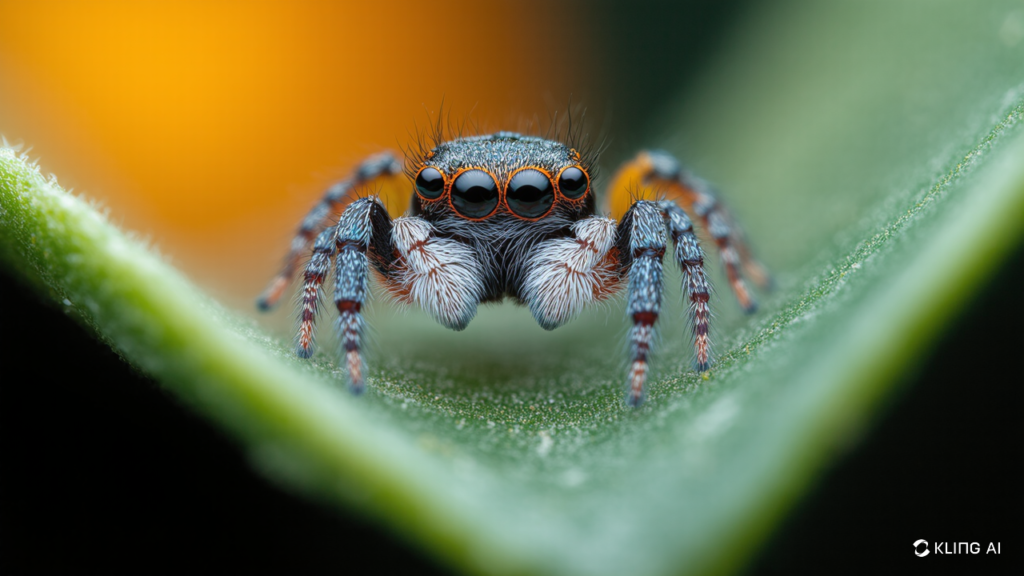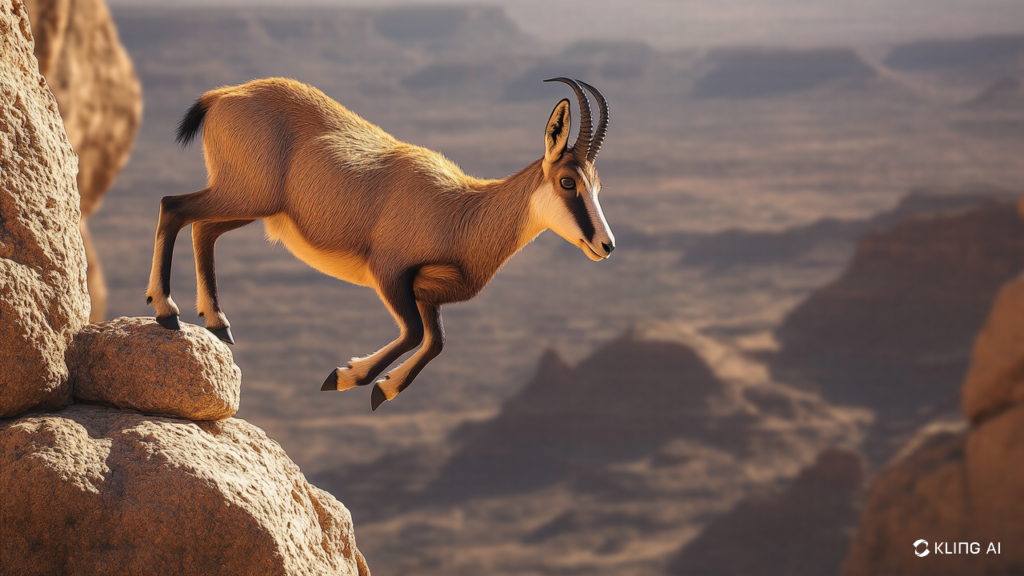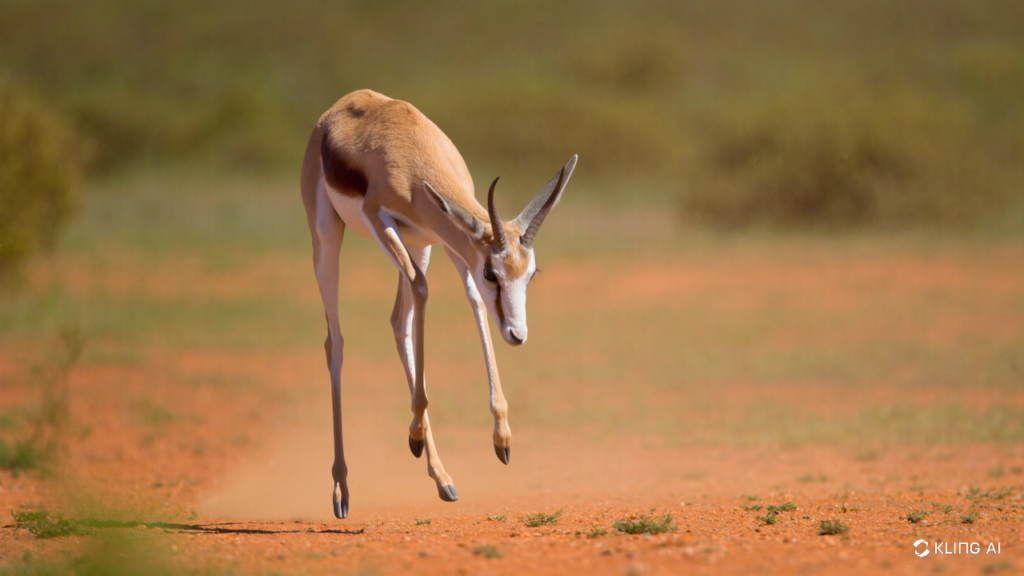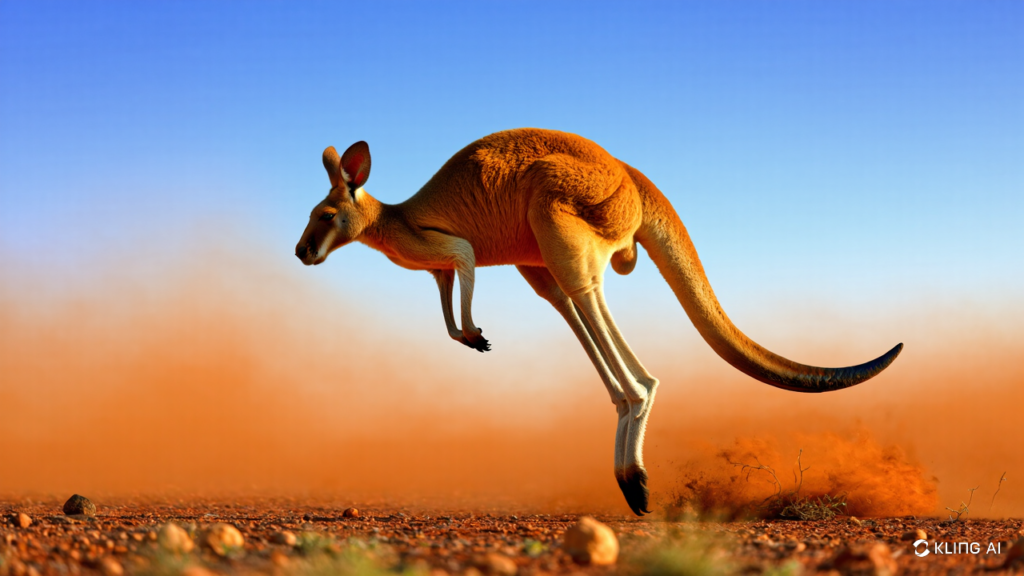Sky-High Leaps: The 9 Highest Jumping Animals in the World


Humans marvel at Olympic high jumpers clearing incredible heights. But in the grand theater of the natural world, some creatures perform leaps that defy gravity in ways that seem almost magical. From minuscule insects to powerful predators, the animal kingdom is packed with astounding jumpers.
Whether measured by absolute height or leaps relative to their own body size, these animals showcase the incredible power and efficiency of evolution. Get ready to be amazed as we explore the 9 highest-jumping animals on Earth!
1. The Flea: Tiny Titan of the High Jump

- The Jump: Up to 200 times its own body length vertically. Imagine a human jumping over the Eiffel Tower!
- Why So High? Fleas utilize a special protein called resilin in their hind legs. They compress this pad like a spring, storing energy, and then release it explosively, launching them incredible distances to find hosts or escape danger. It’s less about muscle power and more about biological mechanics.
2. The Froghopper (Spittlebug): The Relative Height Champion?

- The Jump: Often cited as jumping even higher relative to its size than the flea, achieving over 100 times its body height and experiencing incredible G-forces.
- Why So High? Like the flea, the froghopper uses a catapult mechanism. Muscles slowly charge structures in the thorax, which then rapidly release energy through the legs, launching the insect with phenomenal acceleration. They jump primarily for locomotion and predator evasion.
3. The Jumping Spider: Precision Aerialist

- The Jump: Can leap 50 to 100 times their own body length.
- Why So High? Unlike insects relying on spring-like mechanisms, jumping spiders use internal hydraulic pressure. They rapidly increase blood pressure to their jumping legs, causing them to extend forcefully. This allows for precise, targeted jumps essential for ambushing prey or navigating complex environments. Their excellent vision aids in targeting these leaps perfectly.
4. The Klipspringer: Mountain Rock Leaper

- The Jump: Can jump vertically up to 15-25 feet (though sources vary, the precision is key).
- Why So High? This small African antelope is built for life on rocky outcrops (kopjes). Its unique, cylindrical hooves have rubbery centers that provide incredible grip. They don’t just jump high; they jump with pinpoint accuracy, landing securely on tiny ledges barely bigger than a coin. Their jumps are about agility and navigating treacherous terrain rather than sheer height alone.
5. The Impala: Graceful Savanna Acrobat

- The Jump: Known to leap up to 10 feet (3 meters) vertically and cover distances of 30 feet (9 meters) horizontally.
- Why So High? Impalas use their incredible jumping ability primarily to evade predators like cheetahs, leopards, and wild dogs. These high, explosive leaps, often performed in a confusing zig-zag pattern within the herd, make them difficult targets to pin down. Their slender, powerful legs are perfectly adapted for these bursts of aerial agility.
6. The Springbok: The Pronking Specialist

- The Jump: Famous for “pronking” or “stotting,” a unique display involving multiple stiff-legged vertical jumps reaching up to 6-13 feet (2-4 meters) high.
- Why So High? Pronking isn’t just about height; it’s a communication signal. It’s thought to signal fitness to potential predators (“Don’t bother chasing me, I’m too agile”), alert other springboks to danger, or possibly be a form of play. The stiff-legged posture and arched back are characteristic of this specific jump type.
7. The Kangaroo (Red Kangaroo): Outback Powerhouse

- The Jump: Can clear heights of 9-10 feet (around 3 meters) vertically in a single bound and cover horizontal distances of over 30 feet (9 meters).
- Why So High? Kangaroos use their massive hind legs and large feet like powerful springs. Elastic tendons in their legs store and release energy efficiently, allowing them to bound across the landscape at high speeds with relatively low energy expenditure. Their long tail acts as a crucial counterbalance.
8. The Puma (Cougar/Mountain Lion): Stealthy Vertical Predator

- The Jump: Capable of incredible vertical leaps, reportedly up to 15-18 feet (4.5-5.5 meters) straight up.
- Why So High? As powerful ambush predators, pumas use their jumping ability to surprise prey, scale steep terrain, climb trees, or leap onto rocky ledges. Their muscular hindquarters provide the immense power needed for these explosive vertical bursts, essential for their hunting success in mountainous and forested habitats.
9. The Dolphin: Aquatic Acrobat

- The Jump: While primarily aquatic, species like the bottlenose dolphin can leap an impressive 15-20 feet (4.5-6 meters) out of the water.
- Why So High? Dolphins jump for various reasons: communication, play, getting a better view of their surroundings, shaking off parasites, conserving energy during travel (less drag in air than water), or even as part of hunting strategies. Their streamlined bodies and powerful tails (flukes) allow them to generate the speed needed for these spectacular aerial displays.
Nature’s Jumping Wonders
From the microscopic launch of a flea to the powerful ascent of a puma, the animal kingdom showcases an incredible diversity of jumping adaptations. These leaps are not just impressive feats of athleticism; they are crucial tools for survival—enabling escape, hunting, navigation, and communication. The next time you see an animal jump, take a moment to appreciate the extraordinary evolutionary engineering that makes it possible!


